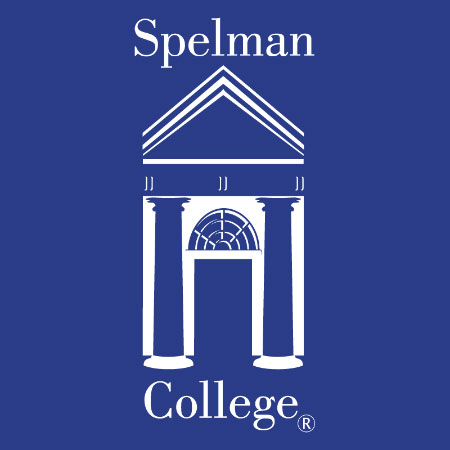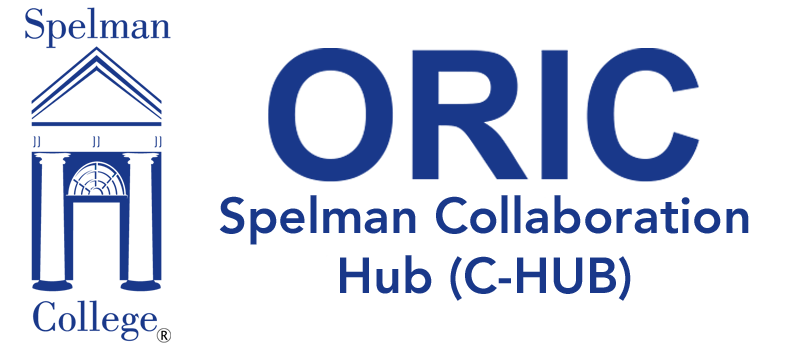
Faculty Name
Tiffany Oliver, Ph.D.
Title
Professor
Department
Biology
Phone
404-270-5727
Office Location
Albro-Falconer-Manley Science Center 267
Education
Ph.D., Emory UniversityB.S., Tennessee State University
Biography
Awards
2012 American Society of Cell Biology Visiting Professor Fellowship
Professional Leadership
Member, AUC Institutional Animal Care and Use Committee (IACUC)
Member, Spelman College Research Day Planning Committee
Member, American Society of Human Genetics
Courses Taught
BIO 491 From Mendel and BeyondBIO 120 Cell Biology
Research Interests
I have a long-standing interest in recombination and meiotic nondisjunction. Chromosome nondisjunction (NDJ) is defined as the failure of chromosomes to separate during anaphase resulting in the production of aneuploid gametes. Aneuploidy, either too many or too few chromosomes, is estimated to occur in 10-25% of all human conceptions, the majority of which do not survive to term. Thus, NDJ is the leading cause of pregnancy loss, intellectual disabilities and birth defects.Trisomy 21 is the most common autosomal aneuploidy observed among live-born individuals thus it is often used as a model to understand the genetics and molecular biology underlying NDJ. Studies have long identified altered recombination as a risk factor for chromosome 21 nondisjunction. However, it is unclear what may be causing these exchanges to occur in sub-optimal locations on 21q.
Along normally segregating chromosomes, recombination does not occur along chromosome arms in a random way, rather, it typically clusters in narrow regions known as “hotspots”. My past work was successful in identifying patterns of recombination and other risk factors that predispose to chromosome 21 nondisjunction. My most recent findings suggest that recombinant events along nondisjoined chromosomes 21 display differential hot spot usage (Oliver et al. 2013 in prep).
Publications
Oliver TR, Feingold E, Yu K, Cheung V, Tinker S, et al. (2008) New Insights into Human Nondisjunction of Chromosome 21 in Oocytes. PLoS Genet. 2008 Mar 14;4(3):e1000033.Oliver TR, Bhise A, Feingold E, Tinker S, Masse N, Sherman SL (2009) Investigation of Factors Associated with Paternal Nondisjunction of Chromosome 21. Am J Med Genet A. 2009 Aug;149A(8):1685-90.
Peprah E, He W, Allen E, Oliver TR, Sherman SL (2009) Examination of FMR1 Transcript and Protein Levels Among 74 Premutation Carriers. J Hum Genet. 2010 Jan;55(1):66-8.
Oliver TR, Tinker SW, Allen EG, Hollis N, Locke AE, Bean LJ, Chowdhury R, Begum F, Marazita M, Cheung V, Feingold E, Sherman SL. Altered patterns of multiple recombinant events are associated with nondisjunction of chromosome 21 Hum Genet. 2011 Dec 9. [Epub ahead of print]
Hollis ND, Allen EG, Oliver TR, Tinker SW, Druschel C, Hobbs CA, O’Leary LA, Romitti PA, Royle MR, Torfs CP , Freeman SB, Sherman SL, Bean LJH. Preconception folic acid supplementation and risk for chromosome 21 nondisjunction: A report from the National Down Syndrome Project. Accepted by the American Journal of Medical Genetics (Oct 2012).
Oliver TR, Locke AE, Hollis N, Feingold E, Tinker S, Masse N, Sherman SL (2012) Identification of Genomic Features Which May Play A Role in Meiotic Chromosome Nondisjunction. (In preparation)
Walker C, Gandy S, Jones J, Harden A, Cecchini TN, Cheung E, Sherman S, Oliver TR
Exploring the Origin of the Excess of Males with Trisomy 21. (In preparation)
